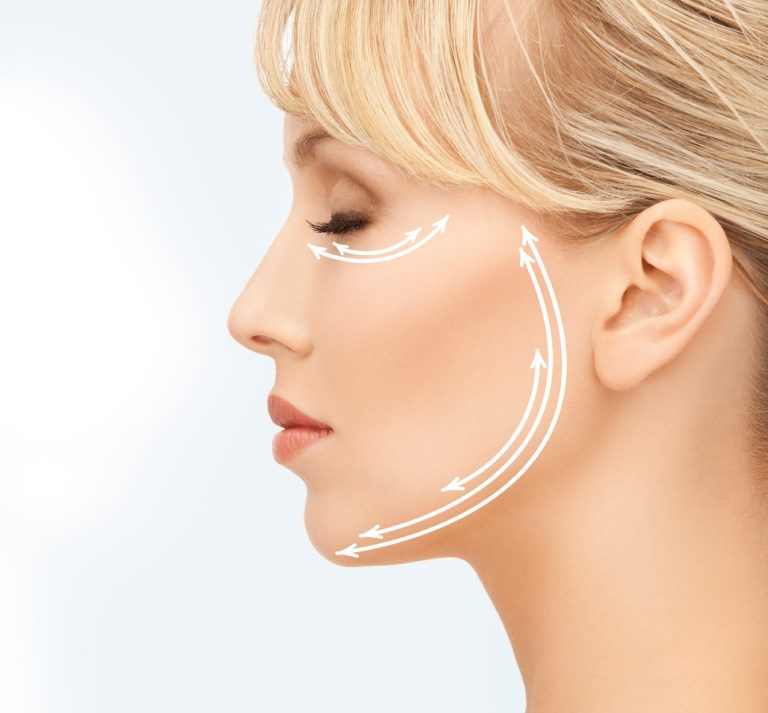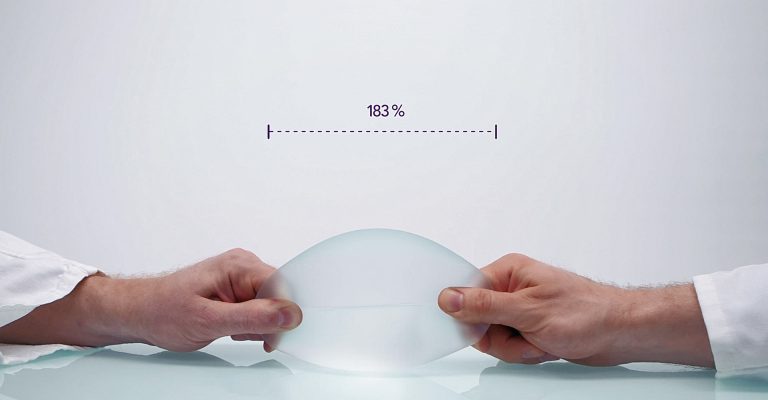Πλαστική Χειρουργική • 06 Ιούλ 2018
Why is lower blepharoplasty more risky than upper blepharoplasty?
Blepharoplasty is a procedure that aims to improve the contour of the lid, through the removal of skin, muscle or fat tissue, i.e. tissue that becomes excess or prolapses with aging. When carried out correctly, blepharoplasty procedures can generate excellent results that are both aesthetically pleasing and functionally beneficial (e.g. in patients where lid ptosis prevents vision or makes reading more difficult).
While the above mentioned surgical principles apply to both upper and lower blepharoplasty, there are certain differences between these two procedures. For one, a droopy upper lid may result from excess skin or fat tissue, or a weakening of the suspensory lid apparatus, and can obscure vision. This is never a problem with the lower eyelid. In contrast, the lower lid is directly subjected to gravity, which places excess vertical stress on the eyelid suspensory mechanism, such that it might no longer contact or adequately cover the globe, resulting in so called ectropion, i.e. the outward turning of the lower eyelid. Beyond aging and mechanical weakening of lower eyelid support, scarring following a surgical procedure can also lead to ectropion, which is what makes lower blepharoplasty inherently more risky than upper blepharoplasty. In case too much skin is excised, the resulting skin contraction will create a deficiency in the soft tissue coverage of the lower lid, such that it can no longer support the globe. Prominent eyes will tend to worsen this effect. Furthermore, upper blepharoplasty appears to be more forgiving, since even if more skin were to be excised than necessary, the gradual skin relaxation that naturally occurs with aging can somewhat compensate.
As opposed to an external lower blepharoplasty procedure (through a so called subciliary incision), it is possible to carry out an internal transconjuctival approach, which is personally my procedure of choice. This, in addition to having the obvious benefit of leaving no external scars, reduces the risk that too much skin is ever excised. It is of course necessary to address excess skin in the lower eyelid, that commonly occurs with aging, and becomes more apparent after fat is removed, but this can be easily achieved using laser skin resurfacing instead of direct surgical excision. In case it is necessary, a canthopexy (i.e. fixation of the lower lid ligamentous structures with sutures) can also be carried out, to further support the lid onto the orbital skeleton. In my hands, the combination of excess fat removal from the lower lid, through an internal transconjuctival approach, together with external laser skin resurfacing produces excellent long-term results, while minimizing risk of ectropion and other complications.











